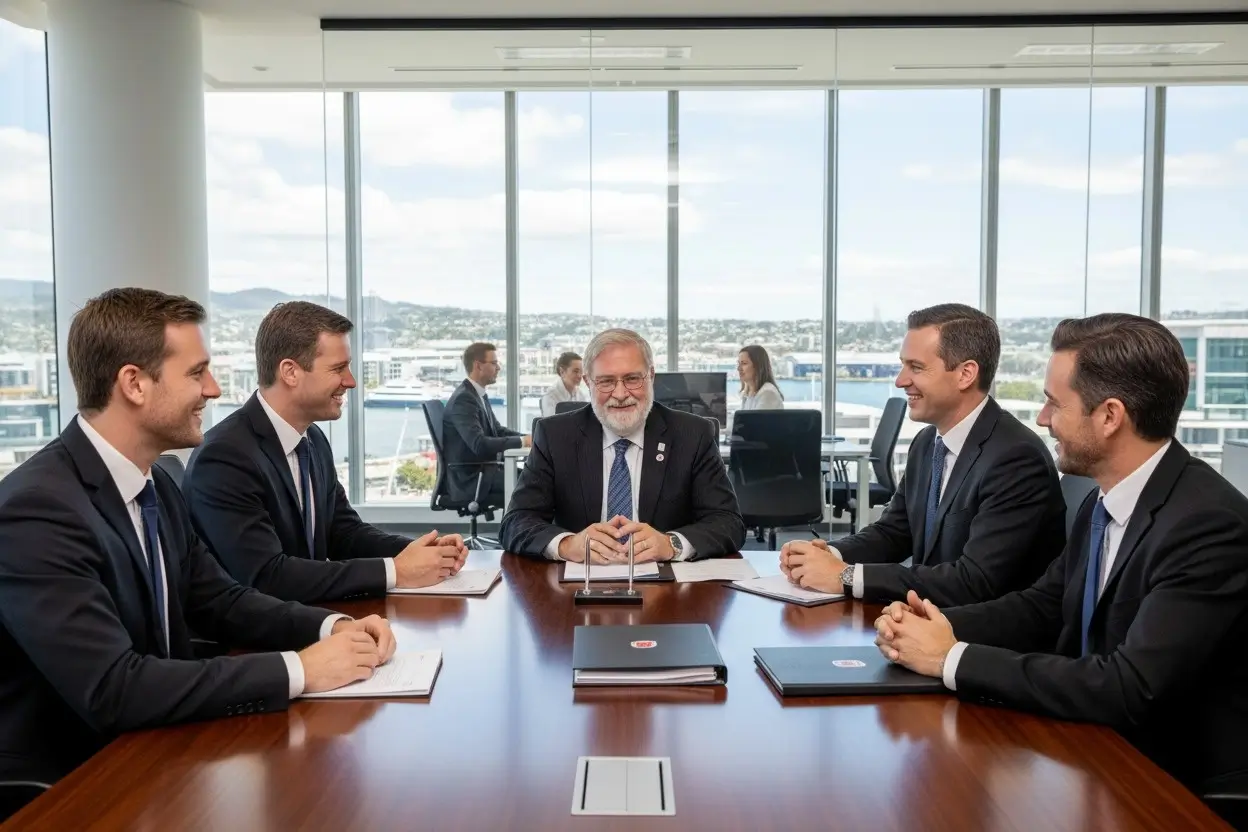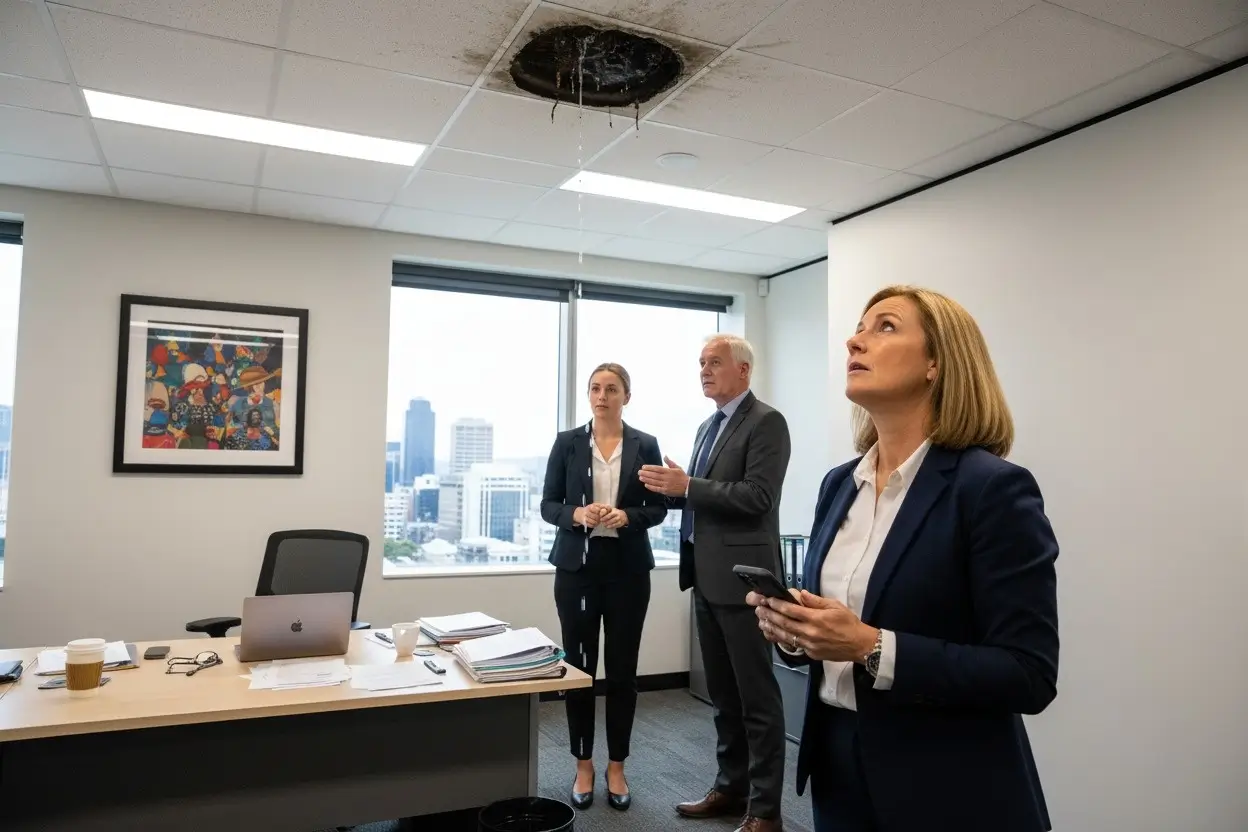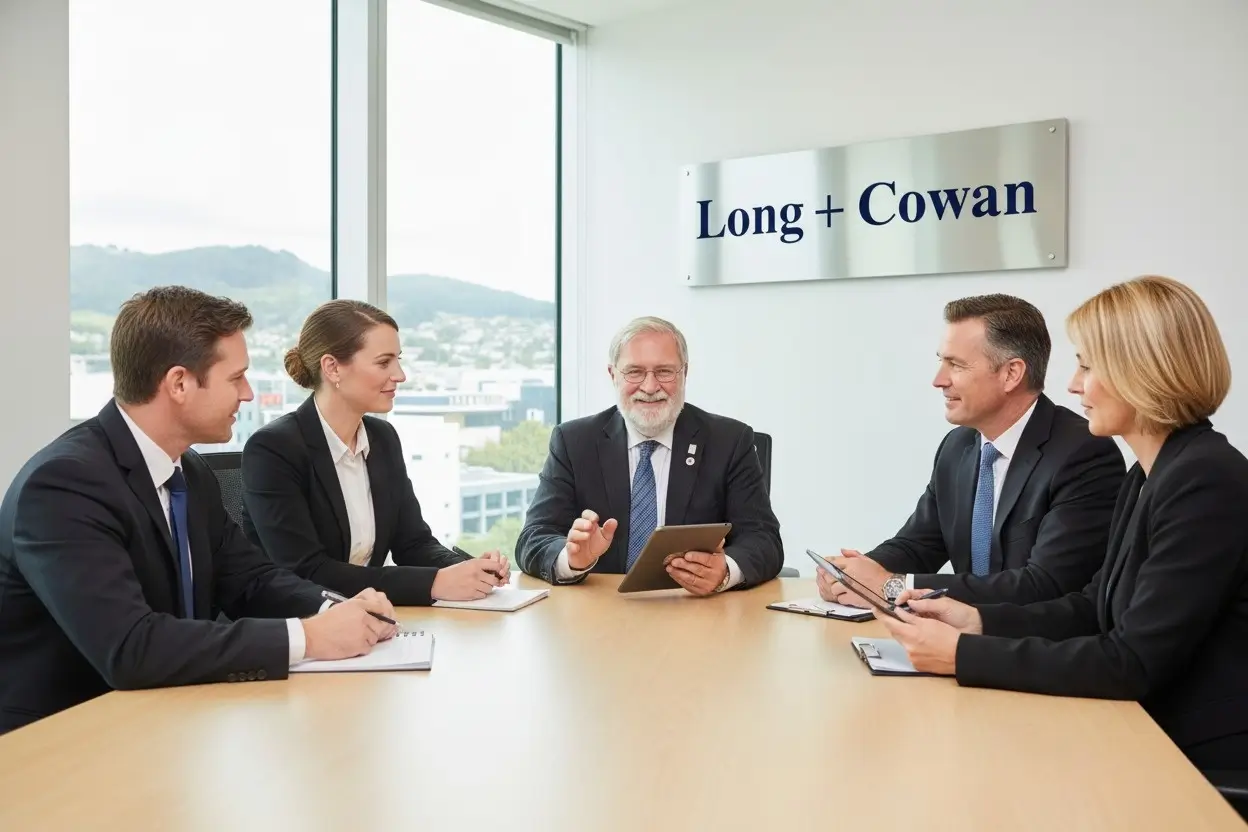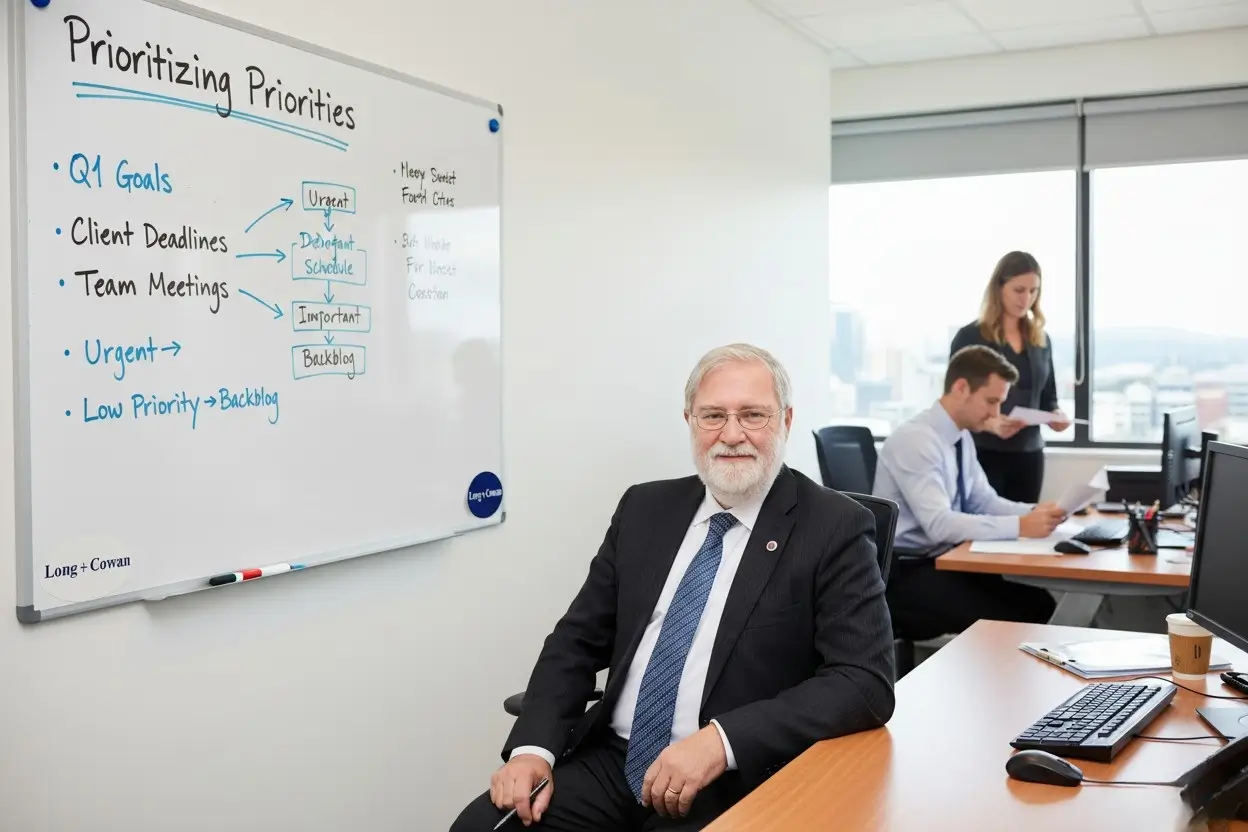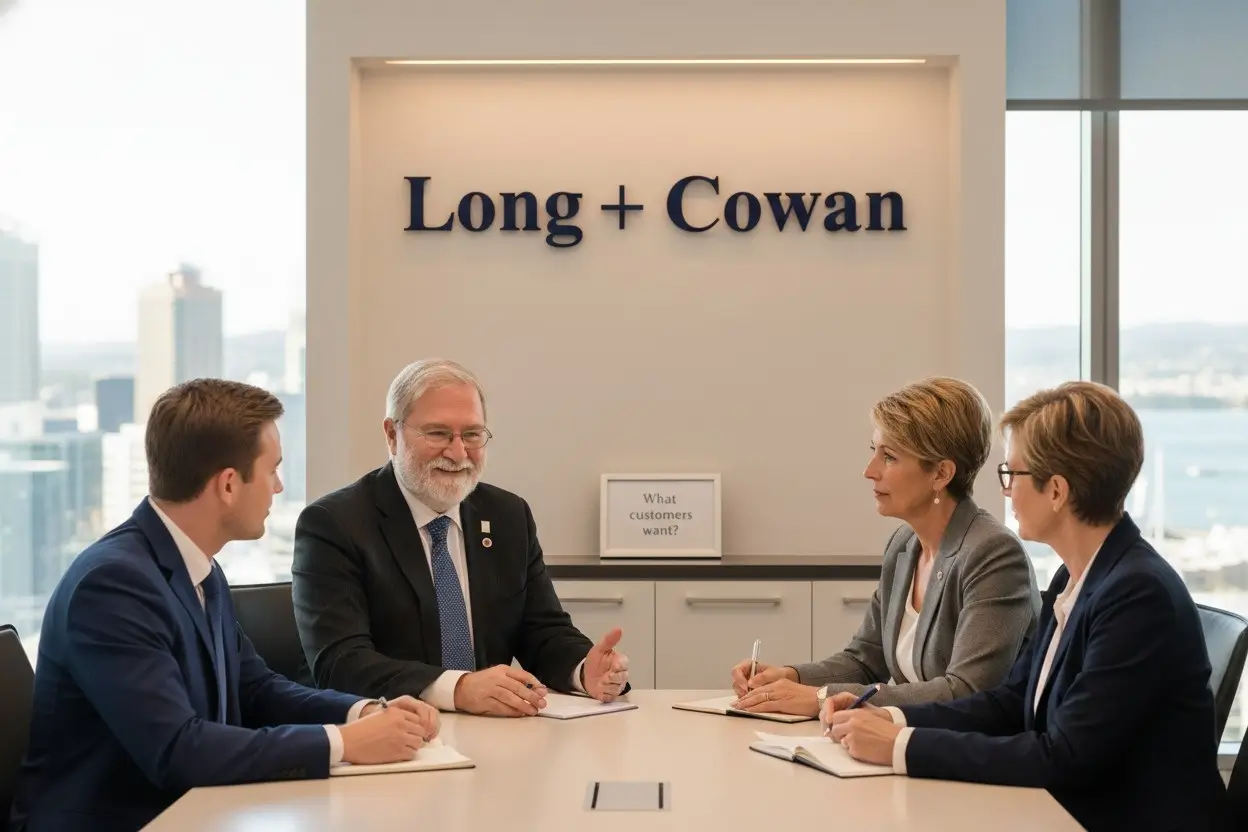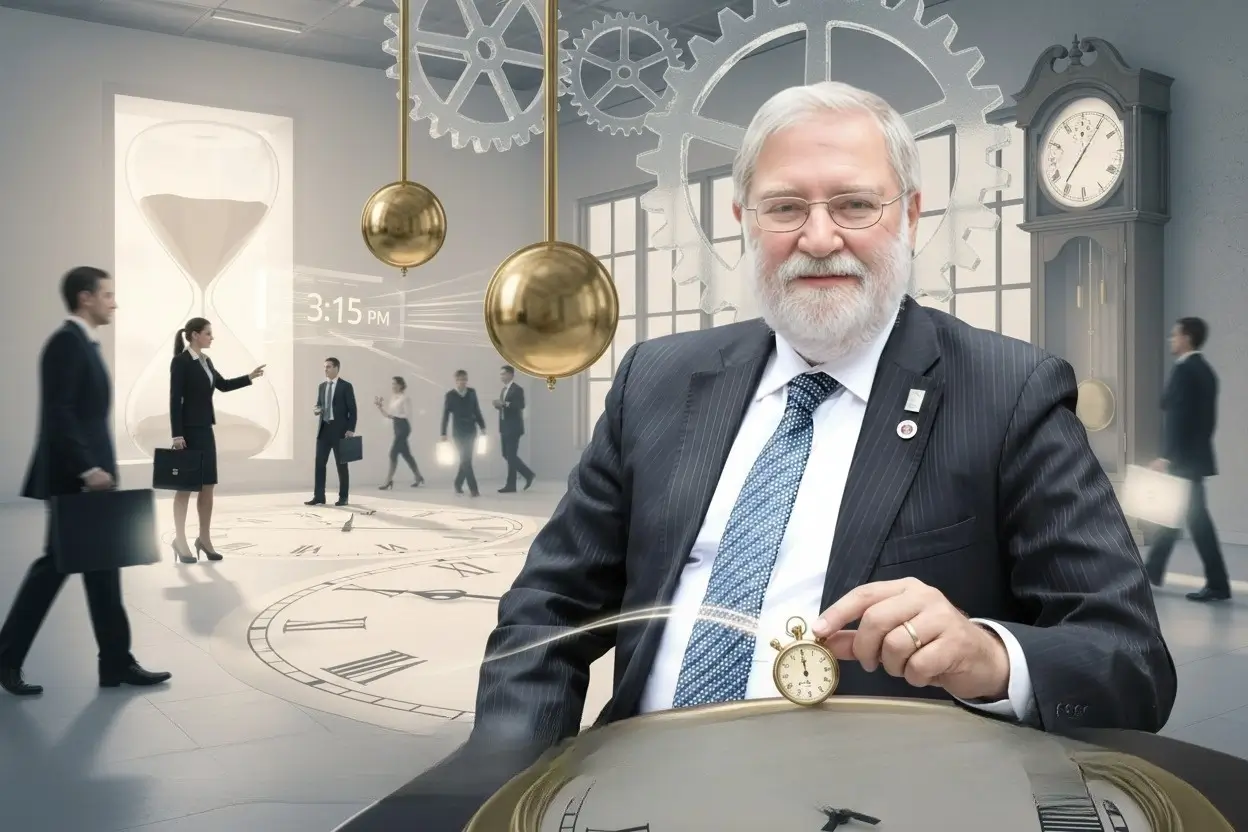Every successful business relies on clarity. Without an effective organisation structure, even the best plans struggle to achieve results. At Long + Cowan, we help Wellington businesses design frameworks that ensure the right people make the right decisions at the right time.
Structure gives direction. It defines who does what, who reports to whom, and how information flows. When everyone understands their role and accountability, work becomes more efficient and problems are solved faster.
Understanding the Purpose of Organisational Design
Organisation structure is more than a chart showing reporting lines. It reflects how strategy, people, and systems connect. A good structure supports decision-making, collaboration, and adaptability. A poor one creates duplication, confusion, and delays.
Every organisation, whether large or small, benefits from reviewing its setup regularly. As a business grows, roles change and responsibilities must evolve. A structure that worked five years ago may now limit progress.
Choosing the Right Model for Your Business
The best structure depends on size, goals, and workflow. Most businesses use one of three models: functional, divisional, or matrix.
- Functional: Groups employees by skill, such as accounting, marketing, or operations. Ideal for smaller companies with specialised roles.
- Divisional: Organises teams by product line or location, allowing independence and focus. Works well for growing businesses.
- Matrix: Combines both approaches, enabling collaboration across departments while maintaining accountability. Suitable for complex or project-driven organisations.
Selecting the right design ensures clarity without excessive complexity.
Clarifying Roles and Responsibilities
Clear job descriptions prevent confusion and overlap. Each role should include purpose, key duties, and measurable outcomes. This transparency strengthens accountability and helps managers monitor performance effectively.
At Long + Cowan, we often see Wellington businesses improve productivity simply by clarifying expectations. Staff gain confidence when they know exactly how their work contributes to the company’s goals.
Building Accountability Through Reporting Lines
Every role must have a clear supervisor and defined decision-making authority. Strong reporting lines create ownership and discipline while supporting teamwork. When employees know who to approach for approval or feedback, they act faster and with greater confidence.
Accountability also reduces management burden. Delegating authority to capable team members builds trust and frees leadership to focus on long-term planning.
Aligning Structure with Strategy
Structure should follow strategy, not the other way around. If your business aims to expand into new services or regions, your organisation design must support that goal. For example, adding a dedicated project management function may be essential for managing multiple client engagements efficiently.
We work with Wellington companies to align operational design with financial and strategic objectives. When structure supports strategy, efficiency and profitability increase together.
Improving Communication and Workflow
Efficient communication keeps teams connected and informed. Clear channels prevent duplication and delays. Establishing formal processes for information flow—such as weekly updates or shared dashboards—ensures that decisions are made with accurate data.
Modern accounting and business management systems can also integrate communication across departments. Cloud-based tools allow real-time collaboration and reduce paperwork, which saves time and improves decision-making.
Empowering Leadership at Every Level
Strong organisation structure empowers leadership at all levels. Managers should have both authority and accountability for their areas. This builds engagement and encourages initiative. When people can make decisions within clear boundaries, they act faster and take more responsibility for outcomes.
Leadership development is part of good structure. Identifying potential leaders early ensures continuity and creates pathways for professional growth.
Avoiding Common Organisational Mistakes
Businesses often make one of two mistakes: overcomplicating or oversimplifying. Too many management layers slow communication and decision-making. Too few create overload for key staff. The right balance keeps authority close to action without creating confusion.
Another mistake is failing to adjust structure after major change. Growth, technology, or new services all require regular reassessment. Annual reviews help keep your business organised and agile.
The Role of Systems and Processes
A strong structure depends on reliable systems. Well-documented processes allow consistent performance and training. Procedures for accounting, compliance, client service, and reporting ensure quality and reduce risk.
We encourage Wellington businesses to review system effectiveness alongside their organisation charts. Process and structure must support each other for the business to run smoothly.
Encouraging Collaboration Across Departments
Departments must not operate in isolation. Collaboration allows shared expertise and more effective problem-solving. Encouraging cross-functional projects brings fresh perspectives and improves innovation.
Creating interdepartmental teams can also help identify inefficiencies or gaps in communication. When people from different roles collaborate, they see how decisions in one area affect results in another.
Measuring Organisational Performance
Structure must be measurable. Setting key performance indicators (KPIs) for departments ensures accountability and continuous improvement. Metrics might include project delivery times, client satisfaction, or financial performance. Tracking these figures helps determine whether your organisation design is delivering results.
We help clients interpret performance data to refine team structures and resource allocation. Decisions based on evidence produce better outcomes and stronger profitability.
Balancing Flexibility and Control
Every organisation must balance flexibility with control. Too much control stifles initiative; too little creates inconsistency. Establishing clear policies, supported by adaptable systems, maintains structure while allowing innovation.
A flexible structure adapts to new markets, technologies, or customer needs without losing discipline. This adaptability keeps Wellington businesses competitive in changing environments.
When to Review or Redesign Your Structure
Warning signs that indicate a need for change include unclear accountability, communication delays, duplicated effort, or inconsistent results. Rapid growth, new product lines, or management turnover may also trigger structural challenges.
Reviewing structure does not always mean a complete redesign. Sometimes a few adjustments—such as adding a new role or clarifying reporting—restore efficiency quickly.
Developing a Sustainable Framework
Sustainability in management structure comes from consistency and regular review. Documenting responsibilities, standardising systems, and setting review intervals maintain order as the business evolves.
At Long + Cowan, we assist Wellington companies in building structures that grow with them. This approach ensures stability without limiting innovation.
Taking Action to Improve Efficiency
A well-designed structure delivers more than productivity. It creates confidence, accountability, and a foundation for strategic growth. When teams know their purpose, they perform with focus and pride.
For professional advice on reviewing or redesigning your organisation structure, contact us for more info by filling in an enquiry form or e-mailing or calling us during office hours. We’ll help you build a structure that supports your goals and drives long-term success.













